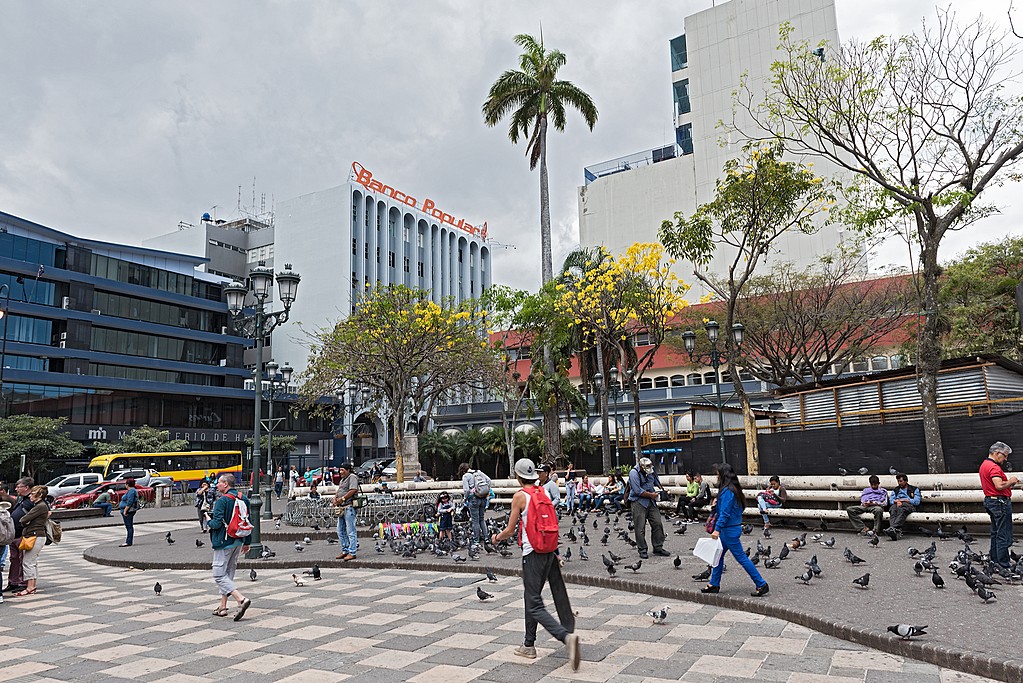Reasons Why Costa Rica is Expensive and solutions for expats
The cost of living in Costa Rica seems prohibitive to many people, in particular, expats from North America who have a fixed income and have to budget their money.
I would like to point out that as far as expats are concerned, it is a huge mistake to equate the cost of living with quality of life. Many potential residents do this instead of looking at what they are receiving in return for their money. Countries like Mexico, Nicaragua, Panama, Colombia, and Ecuador are a little more affordable but you are really getting what you pay for in terms of amenities and lifestyle. Also, there are security and stability issues in some of these countries that can affect livability. That said, I am going to explain why Costa Rica is expensive for some.
Government Employees and Debt:
Around 50 percent of Costa Rica’s annual budget is spent on government employees’ remunerations., i.e. salaries. Another 42 percent goes towards serving the country’s debt most of which is in dollars.
Other contributing factors:
The behavior of the colón (Costa Rica’s currency) makes prices go up and devaluation increases the cost of the country’s national debt since most of it is in dollars, not colones. If you decrease the value of the colón, more taxes are needed to pay for the debt service.
A combination of purchasing more products from abroad than what is being produced at home, the increased cost of fuel to transport foreign goods, and the additional production costs all add up. Business owners pay high taxes to get their products into Costa Rica. Consequently, they have to mark up the items to compensate for high costs to make a profit.
Also, laws make Costa Rica expensive; for example, mandatory tipping is factored into restaurant bills. A lot of ingredients are imported and thus increase the cost of meals.
Since gasoline is imported, it is taxed heavily. This is perhaps the most efficient way that the government obtains revenue. Everyone who has a vehicle needs gasoline, leaving everyone virtually over a barrel.
Taxes on imported goods contribute to high prices. For example, Costa Rica has the 3rd most expensive rice in the world. Indeed, agricultural protectionism makes food prices high. These high tariffs (aranceles) and agricultural protectionism cause the high prices for groceries in Costa Rica.
For example, according to one expert, “All rice producers in the country belong to a government-established cartel called Corporación Arrocera (Conarroz). By law, Conarroz is the only private entity allowed to import rice duty-free. Moreover, rice is the only good produced by the private sector that is still subject to price controls. Since domestic rice production normally covers national consumption for only about half a year, Conarroz can buy rice internationally at a low price, import it duty-free, and sell it in the domestic market at the same high, fixed price at which it sold the rice it produced.
Instead of passing the savings to consumers, the earnings are distributed among Conarroz members according to the amount of rice they produce each year. There are over a thousand rice producers in Costa Rica but a group of 100 large producers is responsible for 70 percent of the country’s production. They are the main beneficiaries of the protectionist policy.”
The cost of electricity is the highest in Central America, affecting companies, small businesses, and individual consumers.
Another factor that makes Costa Rica expensive is the social “freebies.” Unlike other countries in Latin America, the Costa Rican government has many free programs for its people. The children of the poor get free meals in School. Older children get a $100 per month educational stipend. Public universities are almost free.
The poor get a Bono de Vivienda which is a gift of $25,000 to use towards buying a home.
In addition, the elderly who have never contributed to the pension fund receives a small monthly pension.
The government also provides free daycare for preschool school students whose parents work.
Care is also provided for the elderly whose relatives cannot take care of them during the day because of work. The elderly also receive free specialized geriatric medical care.
All of these programs have to be paid from tax money which contributes to the country being expensive.

Other taxes affecting the cost of living
Income tax is collected if you have a job, business, rental properties, and/or private income (non-employment income). Employment income tax is around 15 percent with self-employed people ay between 10 percent and 25 percent.
A business owner recently stated, “We have the highest salaries in Central America; they are sometimes on par with salaries paid in industrialized nations, but we also have certain obligations such as to La Caja, (Employees pay 10.5 percent of their own salary and employers to pay 26.5 percent of their employees´ salary). These costs make services and products more expensive and are passed on to the consumer.
Property transfer tax is 1.5 percent of the value of the property and is paid by the purchaser.
Sales tax or VAT is 13 percent and is included in the prices of what you purchase in stores. In restaurants, 13 percent is added to the bill along with a 10 percent service charge.
The majority of Ticos and expats buy second-hand cars because the price tag on new ones is very high due to all the taxes and fees. The marchamo (annual tax for a vehicle tax be able to circulate legally).
Personal expenses that can affect the cost of living for expats:
Clothes here cost more per item than in the US. This is mainly due to the import duty on imported items. But you do not need seasonal clothes as in the US. Solution: It is better to purchase clothes in the US and bring them when you return. You can also shop online shop and have friends visiting from the States bring what you purchase there. Another cost-saving idea is to purchase clothes as many Costa Ricans do at second-hand American clothing stores, called Ropa Americana.
If you want to eat like a gringo with all imported foods like those sold at Automercado or Pricesmart, you will pay twice what they cost in the USA. Solution: Buy locally produced products as much as possible. Vegetables and fruit are very inexpensive at farmers markets. The prices there are 30 percent less than you will pay at supermarkets here, most of which are owned by Walmart.
Dining out can be just expensive as in the US. If you want to eat out, you can figure you will pay US prices or more. Solution: Once you get settled, you can shop for reasonably priced restaurants like sodas or eat at home as many expats do.
Cheap transportation is another way to counteract the cost of living in Costa Rica. Solution: By not owning an automobile, taking the bus, using taxis, walking when possible, and using Uber or one of the platforms, a lot of money can be saved. For example, the cost of automobiles, annual marchamo, repairs, insurance for late model cars, and expensive gasoline all affect an expat’s pocket.
Staying healthy is another way to reduce the cost of living here. Solution: Although medical care and medicines are less expensive than in the US, chronic illnesses can put a dent in your wallet. So, try to adopt healthy habits here like walking, eating a lot of inexpensive vegetables and fruit, and avoiding alcohol as much as possible.
When you become a legal resident you have to join the National Health System which covers everything from Clinics to drugs, to doctors and hospitals. However, due to long waits, expat retirees may have to spend their pocket money on lab tests, medicines, and private doctors.
Potential residents can find out more about the approximate cost of living in Costa Rica by looking at: https://www.numbeo.com/cost-of-living/compare_countries_result.jsp?country1=United+States&country2=Costa+Rica



